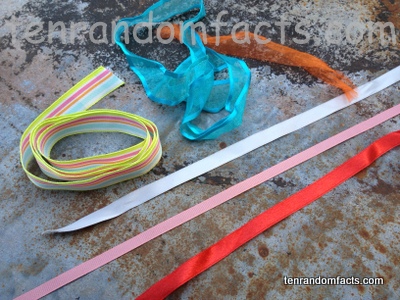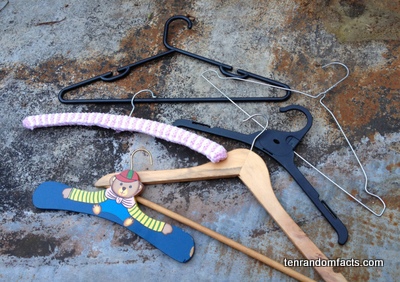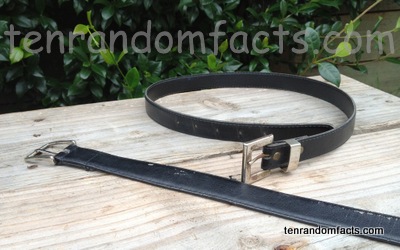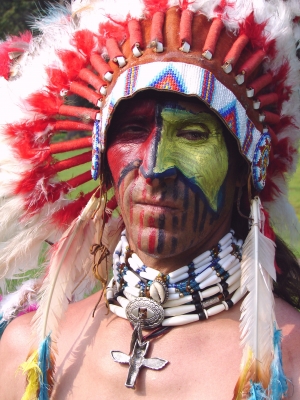
Tie up that ribbon.
- Ribbons are generally thin strips of a cloth but are sometimes manufactured from or include metal or plastic.
- Ribbons are often made of silk, polyester, nylon and cotton, and common types include satin, wire-edged, velvet and grosgrain.
- ‘Ribbon’ comes from the Middle English or Old French words ‘ribban’ or ‘ruban’ respectively.
- Ribbons are cloth strips that are between 0.32 to 30 centimetres (0.125 to 12 inches) in width.
- Ribbons are an ancient invention, and were manufactured in France as early as 1000 AD.
- Ribbons are often used as a body accessory, decoration for gifts, for tying objects in place, an adornment on clothes, as recognition of a place-getter in a competition or an award, and is a popular hair accessory.
- Ribbons are often used as symbols, commonly worn for awareness, with symbolic colours such as red for AIDS awareness.
- During the 1500s, in England, there was an attempt at restricting the wearing of ribbons only to those who were noble or of importance.
- Ribbons are generally made from spun and woven fine threads, and once they are woven, they are usually rolled onto a spool ready for sale or use.
- In the 1600s, ribbons were the fashion, appearing on many wearable items of both male and female.
Bibliography:
How to make Ribbon, n.d, How To, http://www.madehow.com/Volume-3/Ribbon.html
Ribbon, 2013, Wikipedia, http://en.wikipedia.org/wiki/Ribbon


















